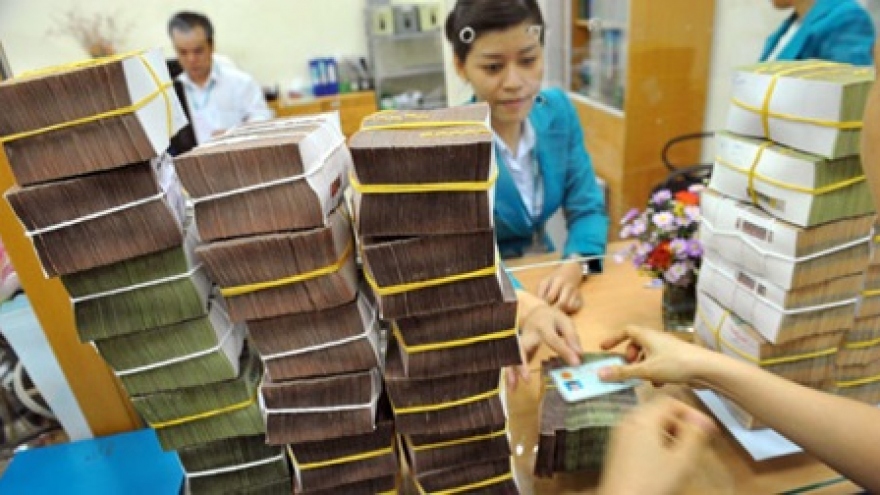Vietnam weighs ceiling rate future
Vietnam’s monetary policies resemble China’s in many respects. Two prime examples are the control of capital flows and market interest rates, including the application of ceiling deposit interest rates.
Most recently, following China’s move to apply a market-based exchange rate mechanism starting in August 2015, Vietnam also started applying a central exchange rate mechanism beginning in January 2016, which is subject to both upward and downward daily changes.
In 2013, China removed the final interest-control regulations on its lending rate floor, thereby fully liberalizing lending rates. In October 2015, China scrapped regulations on the deposit interest rate ceiling, which had previously been limited to 1.5 times the one-year benchmark rate.
In Vietnam, regulations on deposit interest rate ceilings are still being applied. Specifically, according to current regulations, the maximum interest rate applicable to deposits in VND are as follows: 1% per annum for demand deposits and term deposits of less than one month, and 5.5% per annum for deposits with maturities over one month but under six months (6% per annum for individual credit funds and microfinance organizations).
The maximum interest rate for deposits in USD of both economic entities (except for credit institutions and branches of foreign banks) and individuals is zero. With over 80% of deposits from individuals and economic entities having maturities of less than one year, the deposit interest rate ceiling, although applicable only to maturities of less than six months, still has a major impact on the deposit market.
In 2015, in the context of low inflation, the prevailing deposit interest rates for fewer than six months were commonly below the ceilings. However, since the beginning of 2016, many banks have boosted capital mobilization through the implementation of promotional programmes.
The benefits actually received by depositors may have exceeded the deposit interest rate ceiling.
 |
So should Vietnam follow China and abandon the deposit rate ceilings?
China abandoned its deposit rate ceiling because doing so creates many benefits for the country. Firstly, investment and exports-China’s two main growth engines-have levelled off in recent years, requiring the country to switch to a new growth model based on the promotion of domestic household consumption, which has previously accounted for a low proportion of GDP.
To achieve this, there need to be measures to redistribute income and increase household income, including income from bank deposits.
The ceiling deposit rate in China had previously often been equal to or less than inflation, resulting in the real interest that depositors received being very low or even negative, and reducing household income.
Meanwhile, borrowers received low interest rates, and banks could enjoy higher margins. The removal of the ceiling deposit rate transferred income from businesses to households.
Secondly, the ceiling deposit rate helped borrowers get loans with lower interest rates, thus promoting active use of debt and rampant use of capital. Investments increased excessively, while the debt-to-GDP ratio soared to 232% in 2014.
As the banking system in China often gave priority to state enterprise borrowing, the majority of the benefits of lower interest rates were passed to state enterprises, many of which operate inefficiently. This increased the risk of poor asset quality in the banking system.
Thirdly, the control of interest rates is necessarily accompanied by restrictions on capital outflows which might otherwise seek higher yields. With the development of trade, tourism, and migration, the control of interest rates is increasingly ineffective.
For example, certain mechanisms exist that can move capital abroad, such as over-invoicing imports, under-invoicing exports, or cash withdrawals from credit cards for spending abroad.
These measures are being used more widely, making the control of interest rates and the control of capital outflows more inefficient.
Although the liberalization of interest rates will bring long-term benefits for the economy, it would also cause downward pressure on growth and increase the volatility of the financial markets in the short term.
An imminent challenge for the government is to strike a balance between making progress on reforms and the maintenance of stable economic and employment growth.



